White Wine Time-lapse
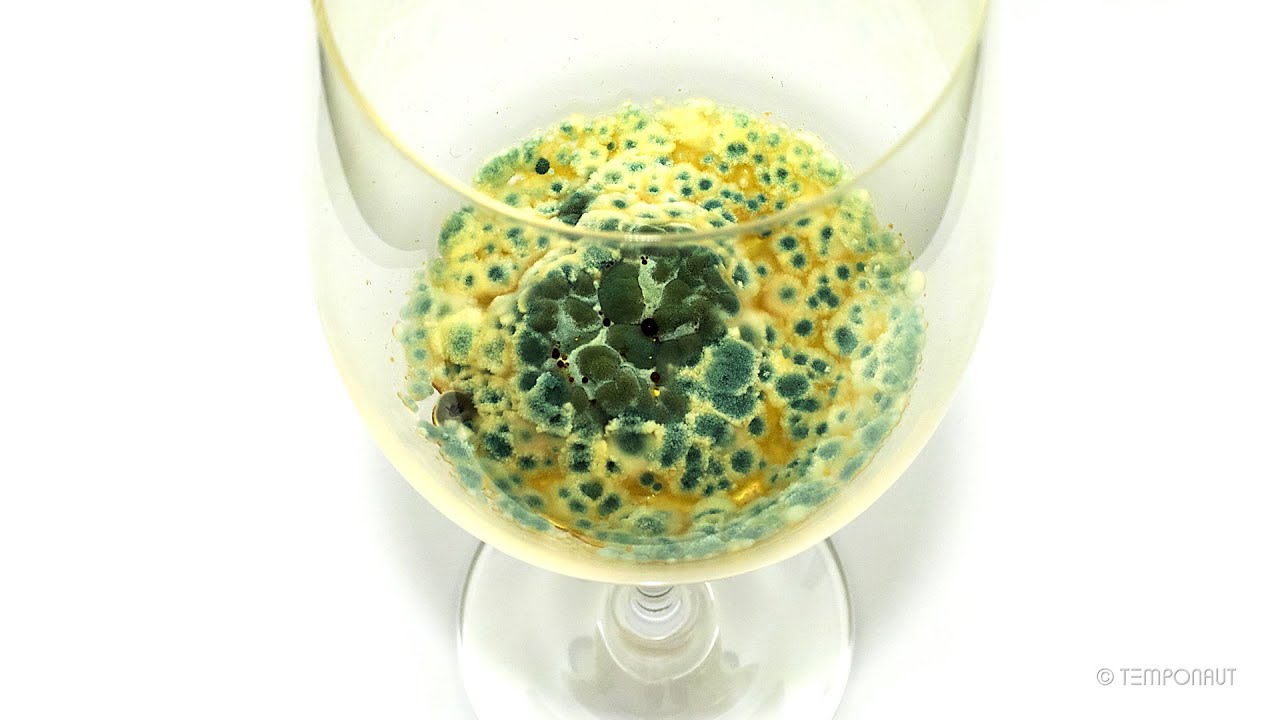
CRAZY TIME LAPSE VID!
It’s probably best to not be drinking wine while you’re watching this video.
How does temperature during the fermentation process affect the taste and aroma of white wine?
White Wine Time-lapse: An Exploration of the Fermentation Process
The process of wine-making has been an artisanal craft for centuries, steeped in tradition and secrets passed down from generation to generation. One of the most critical components of the winemaking process is the fermentation stage, where yeast consumes the grape juice’s sugar and turns it into alcohol. While we may know the chemical reactions that occur during this process, it is challenging to visualize it with the naked eye. However, the advent of time-lapse photography has changed that.
White wine, in particular, has an exciting fermentation process, and watching it unfold in a time-lapse is nothing short of mesmerizing. The process starts with freshly harvested grapes, which are crushed and pressed to extract the juice. The juice is then put into stainless steel tanks, where it is chilled to prevent any unwanted bacterial growth. This also allows the winemaker to control the fermentation temperature, which can affect the finished product’s taste and aroma.
Once the winemaker is happy with the temperature, yeast is added to the juice, and the fermentation process begins. In a white wine time-lapse, you can see the carbon dioxide bubbles formed during this process rise to the top of the tank, creating a swirling mass that resembles a river. This is known as the cap, and its formation is a sign that fermentation is underway.
As the yeast consumes the sugar in the grape juice, it releases carbon dioxide and heat. The carbon dioxide bubbles carry the heat to the surface of the juice, causing the temperature to rise. Winemakers pay careful attention to the temperature during fermentation, as too high or too low a temperature can result in off-flavors and aromas in the finished product.
The time-lapse of white wine fermentation allows us to see the cap growing and receding as the yeast continues to consume the sugar in the juice. The process takes anywhere from a week to a month, depending on the winemaker’s preference and the grapes’ varietal.
Towards the end of the fermentation process, the cap becomes less pronounced as the yeast consumes almost all of the sugar in the juice. The time-lapse shows the bubbles slowing down and eventually disappearing as the yeast has nothing left to eat. The wine is then racked, where it is separated from the lees – the yeast and other sediment that have settled to the bottom of the tank.
In conclusion, the white wine time-lapse is a fascinating exploration of the fermentation process. It allows us a glimpse into the complex and intricate world of winemaking, where science and art converge to create a timeless product. Watching the bubbles and the cap forming in real-time is awe-inspiring and reminds us of the beauty that exists in the most unexpected places.
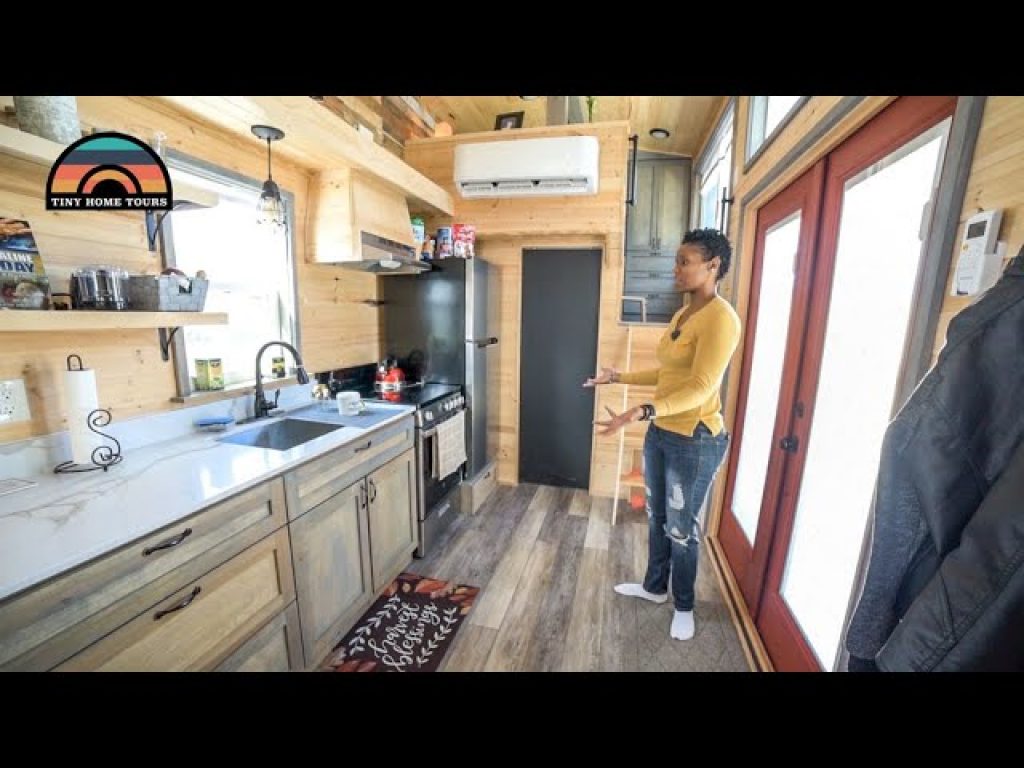
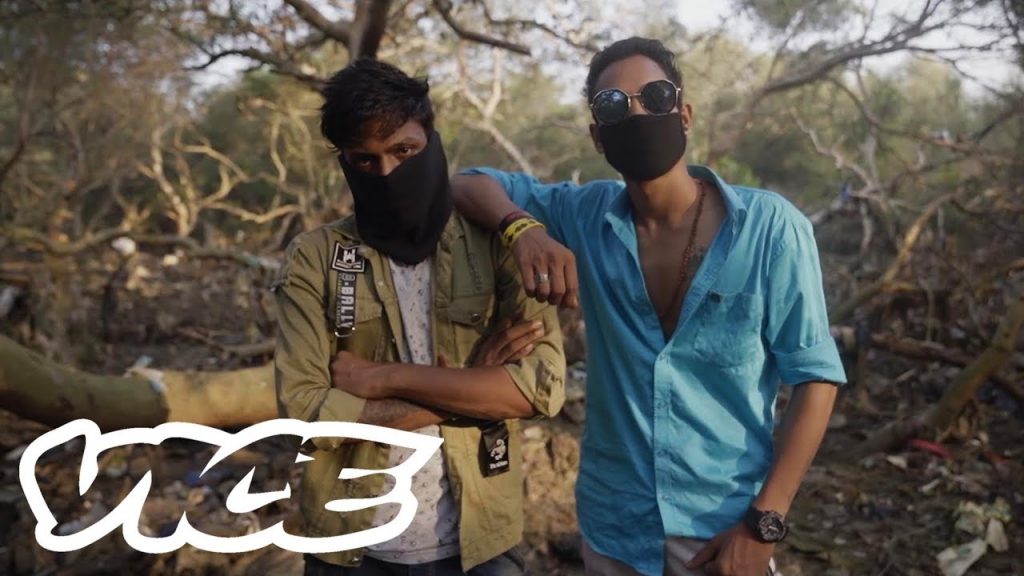
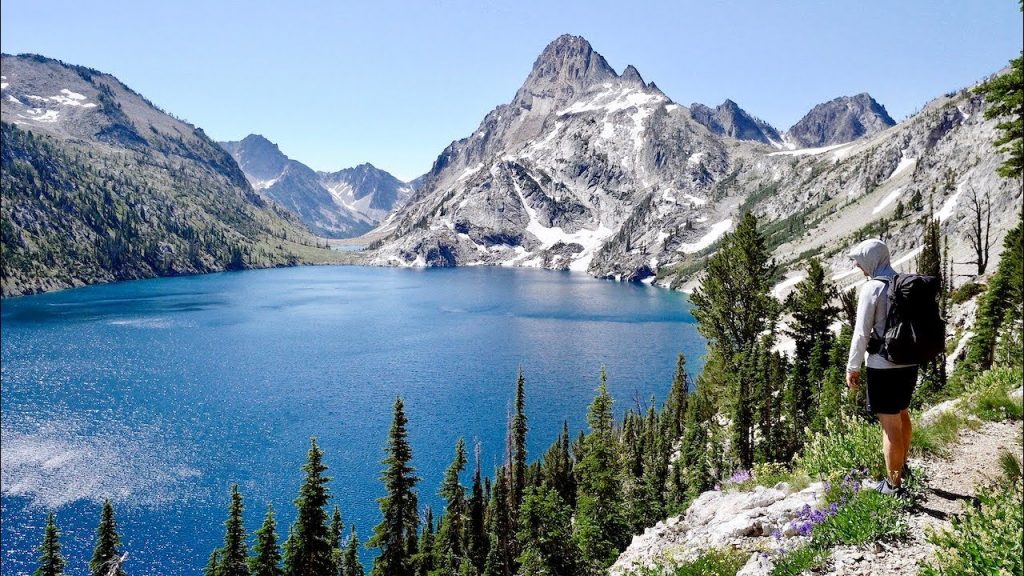


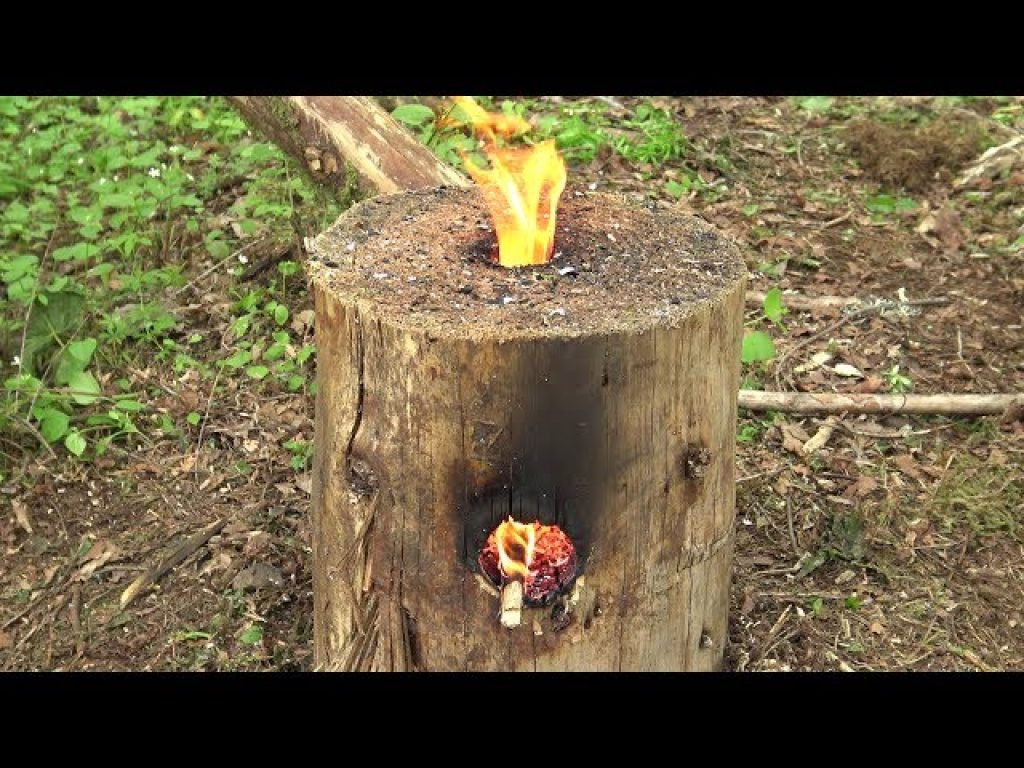
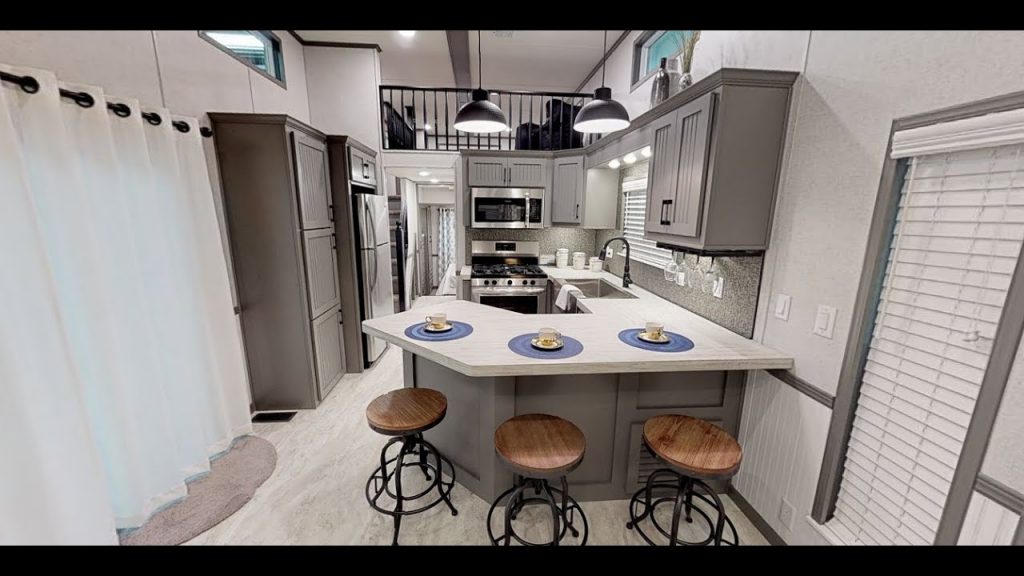


How To Create a Watertight Underground Bunker & Food Cache for $699
Smooth Criminal M.Jackson à l’orgue de barbarie
Amazing Bushcraft Tent made from Plastic Wrap!
What If A Nuclear Bomb Was Detonated In The Marianas Trench? (Science not Fantasy)
Violinist STUNS Bangkok Street with “Radioactive” Looping Cover